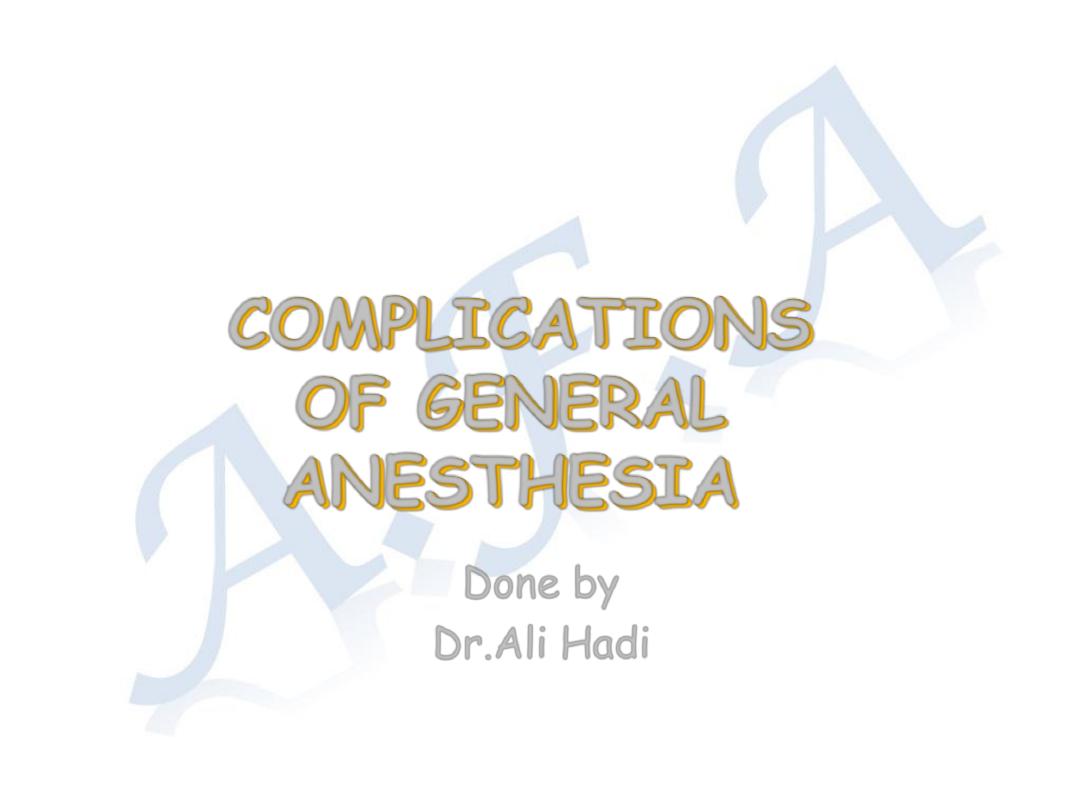
COMPLICATIONS
OF GENERAL
ANESTHESIA
Done by
Dr.Ali Hadi
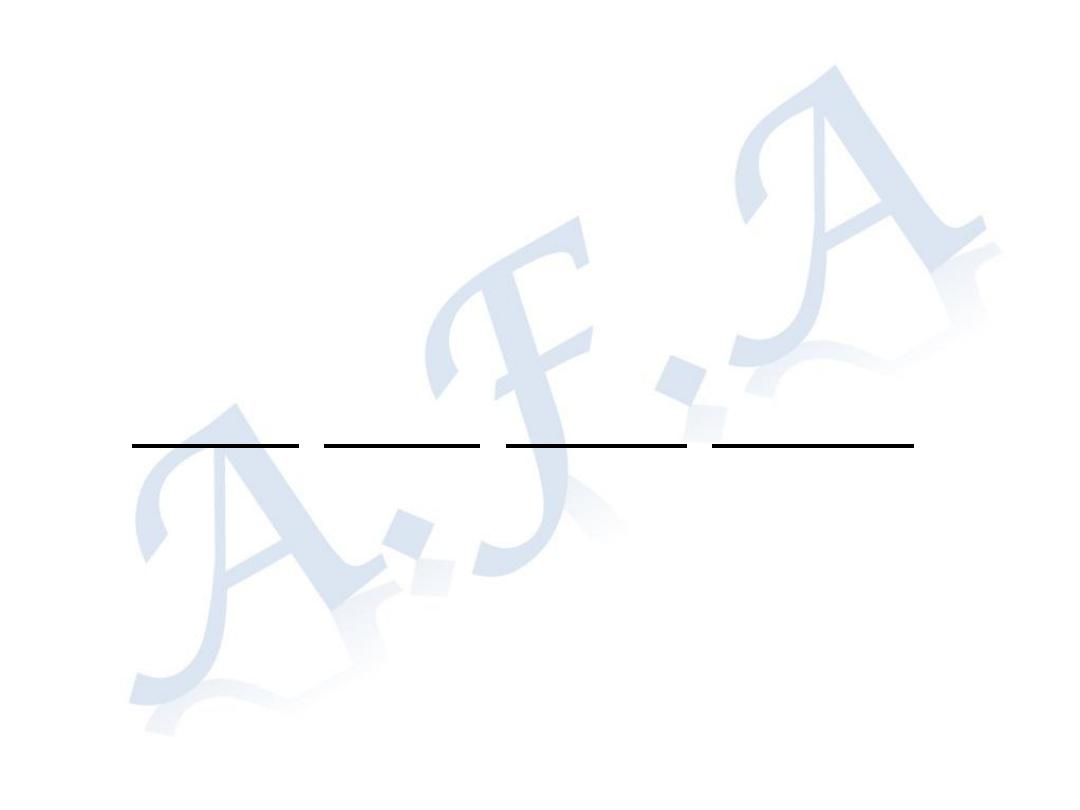
What it is Genaral anasthesia??
• is a state of unconsciousness and loss of
protective reflexes resulting from the
administration of one or more general
anaesthetic agents. A variety
of medications may be administered, with
the overall aim of ensuring
hypnosis ,amnesia ,analgesia ,relaxation
of skeletal muscles ,and loss of control
of reflexes of the autonomic nervous
system
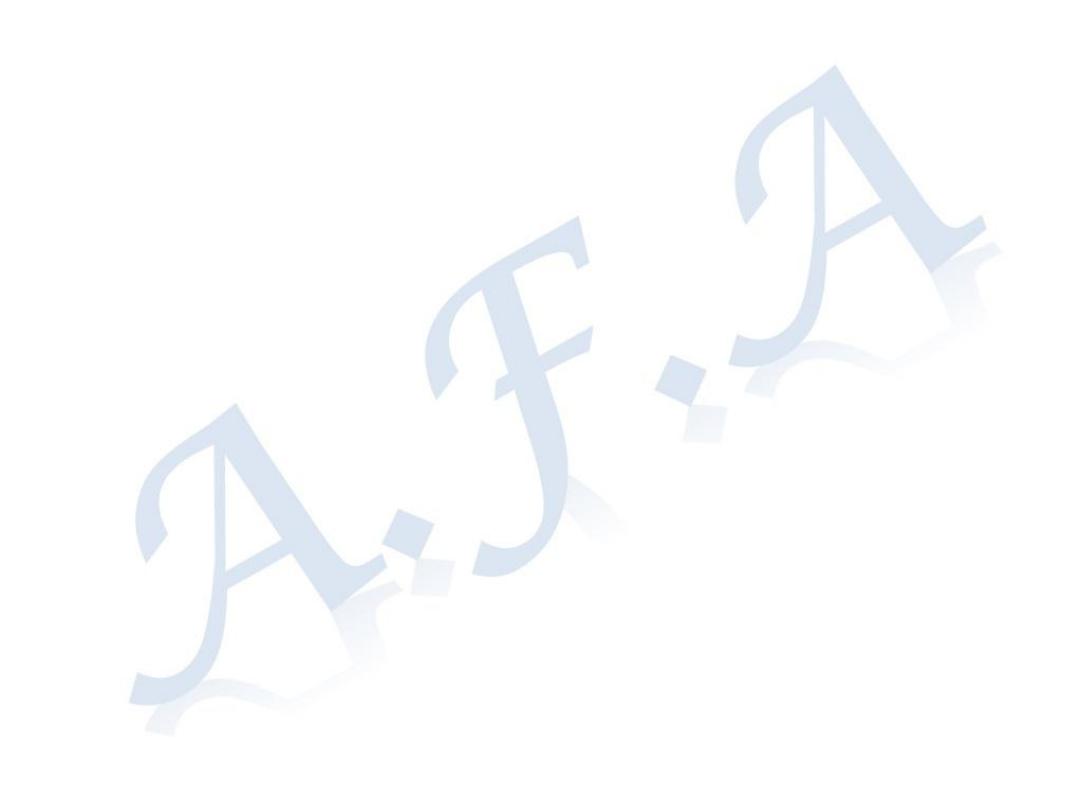
Complications of anesthesia
• Complications of anesthesia are inevitable even with
most experienced Doctors.
• These complications range from minor to
catastrophic.
• When anesthetic complications occur, appropriate
evaluation, management, and documentation to
minimize the negative outcomes.
• Incidence
• Perioperative mortality rate due to anesthetic cause
account is less than 1:20,000.
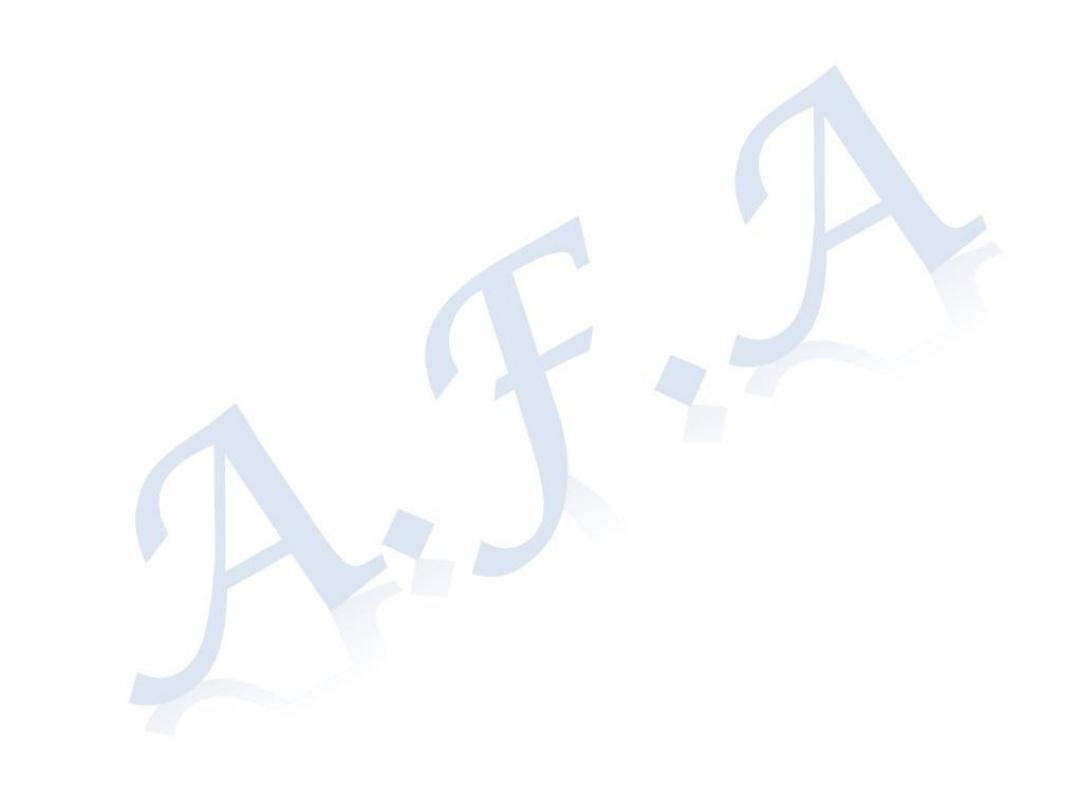
Classification..
1.
Respiratory complications
2.
Cardiovascular complications
3.
Neurological complications
4.
PONV
5.
Temperature changes
6.
Adverse drug effect and
hypersensitivity
7.
Complications of positioning
8.
Miscellaneous
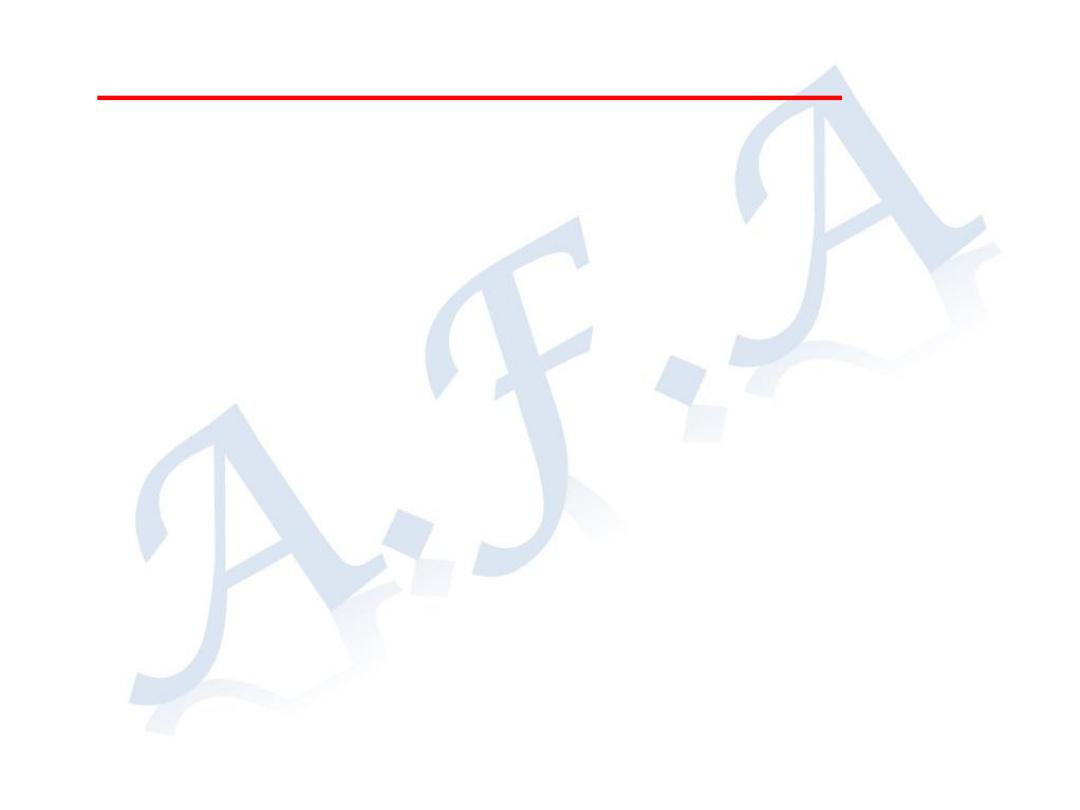
A) Respiratory complications
I. Complications of laryngoscopy and
intubation
II. Respiratory obstruction
III.Hypoxemia
IV. Hypercapnia and hypocapnia
V. Hypoventilation
VI. Aspiration pneumonia
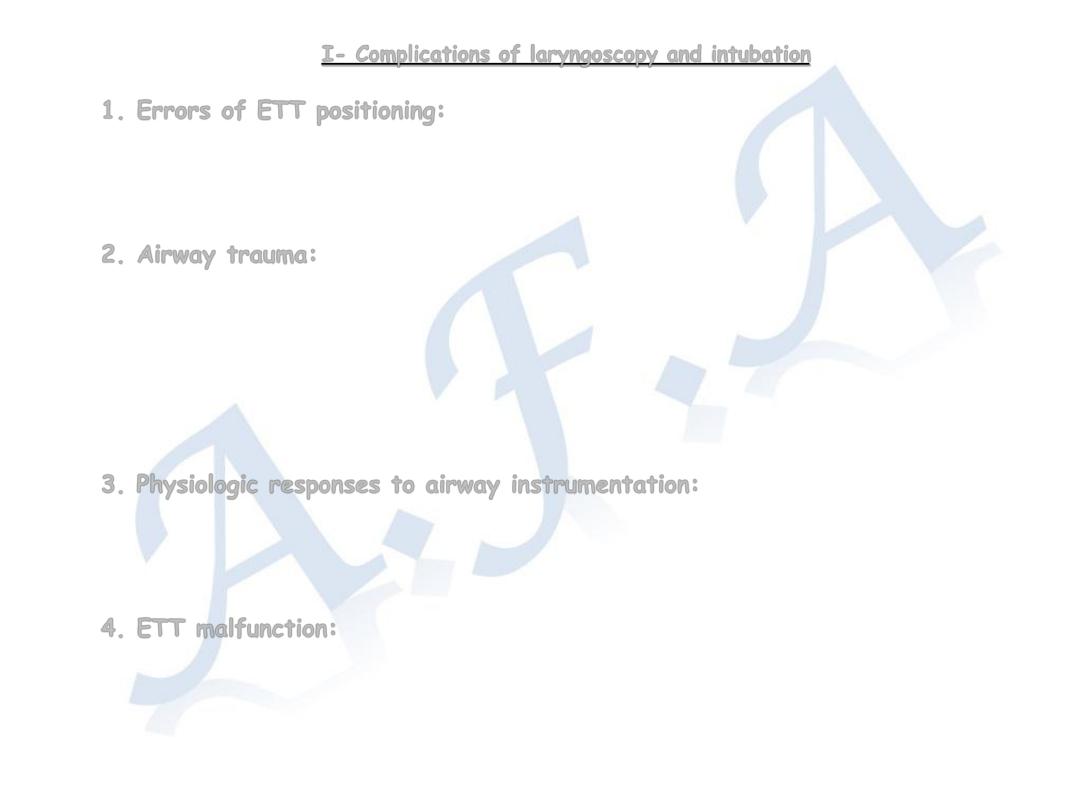
I- Complications of laryngoscopy and intubation
1. Errors of ETT positioning:
a. Esophageal intubation
b. Endobronchial intubation
c. Position of the cuff in the larynx
2. Airway trauma:
a. Tooth damage.
b. Dislocated mandible.
c. Sore throat.
d. Pressure injury on trachea.
e. Edema of glottis or trachea.
f. Post intubation granuloma of vocal cords.
3. Physiologic responses to airway instrumentation:
a. Sympathetic stimulation
b. Laryngospasm
c. Bronchospasm
4. ETT malfunction:
a. Risk of ignition
b. ETT obstruction
c. Cuff perforation
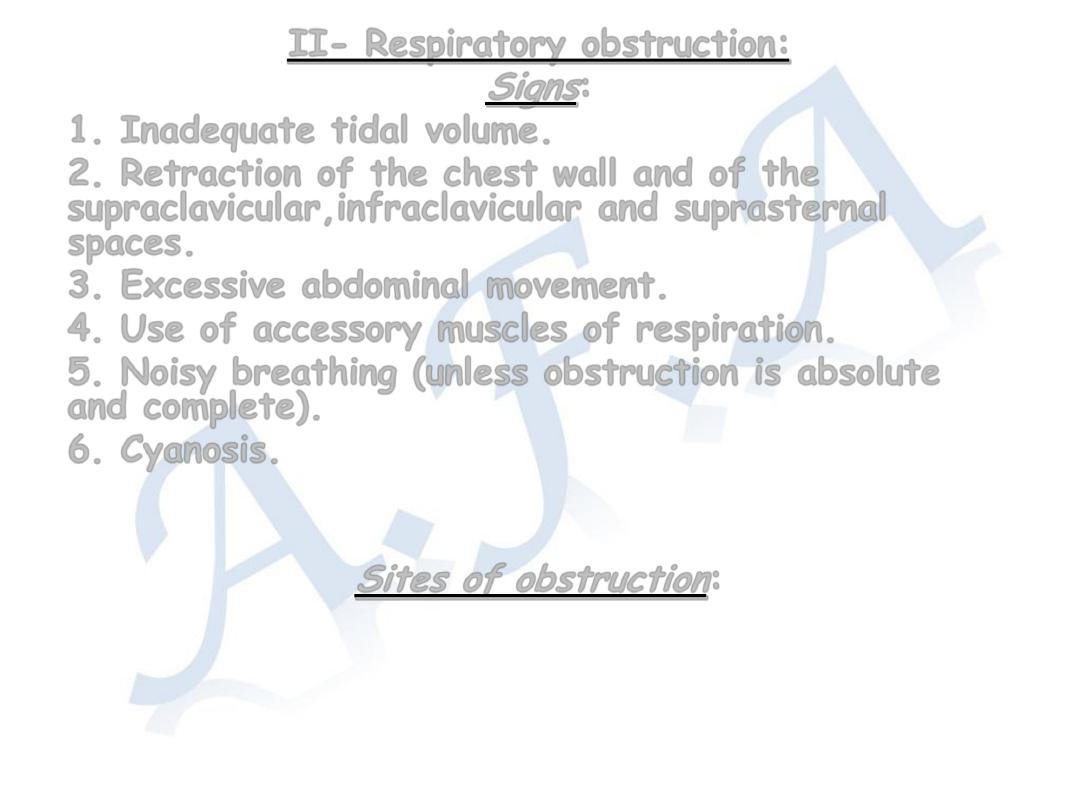
II- Respiratory obstruction:
Signs
:
1. Inadequate tidal volume.
2. Retraction of the chest wall and of the
supraclavicular,infraclavicular and suprasternal
spaces.
3. Excessive abdominal movement.
4. Use of accessory muscles of respiration.
5. Noisy breathing (unless obstruction is absolute
and complete).
6. Cyanosis.
Sites of obstruction
:
At the lips.
By the tongue
Above the glottis
At the glottis: laryngeal spasm, Bronchospasm
Faults of apparatus: Kink or obstruction of ETT
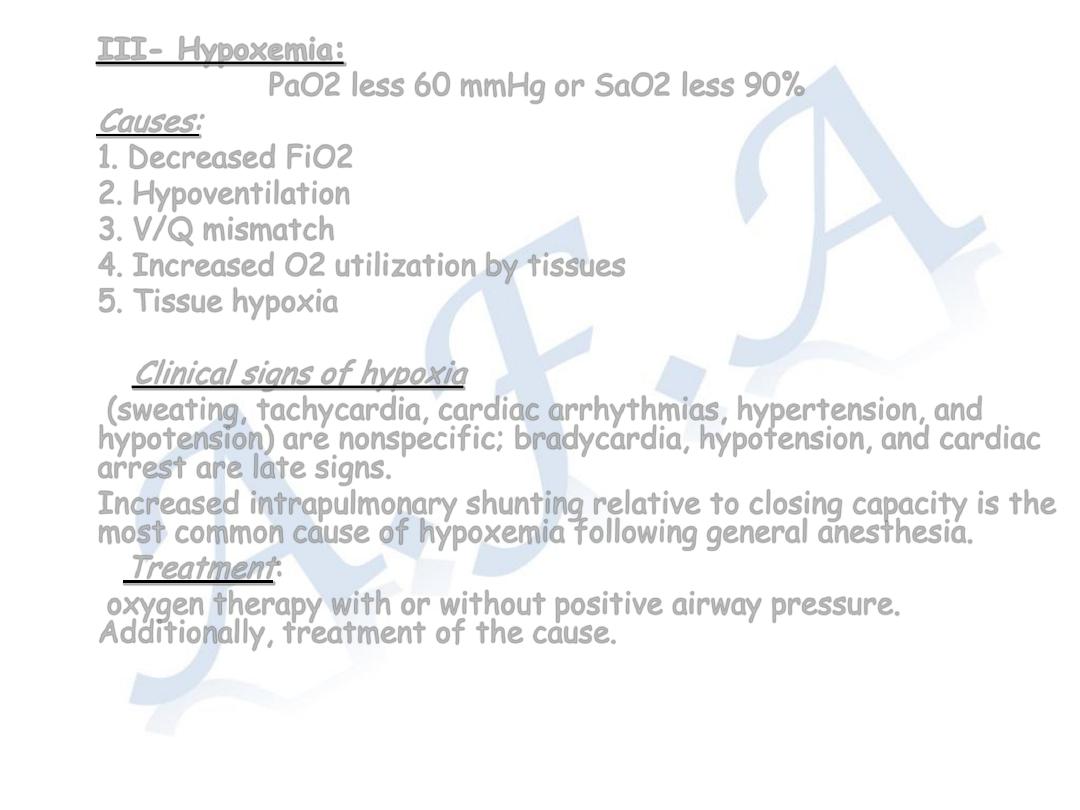
III- Hypoxemia:
PaO2 less 60 mmHg or SaO2 less 90%
Causes:
1. Decreased FiO2
2. Hypoventilation
3. V/Q mismatch
4. Increased O2 utilization by tissues
5. Tissue hypoxia
Clinical signs of hypoxia
(sweating, tachycardia, cardiac arrhythmias, hypertension, and
hypotension) are nonspecific; bradycardia, hypotension, and cardiac
arrest are late signs.
Increased intrapulmonary shunting relative to closing capacity is the
most common cause of hypoxemia following general anesthesia.
Treatment
:
oxygen therapy with or without positive airway pressure.
Additionally, treatment of the cause.

IV) Hypercapnia
PaCO2 or ETCO2 > 40 mmHg.
Causes:
Increased FiCO2
Hypoventilation
Increased dead space
Increased CO2 production by tissues
Treatment:
of the cause
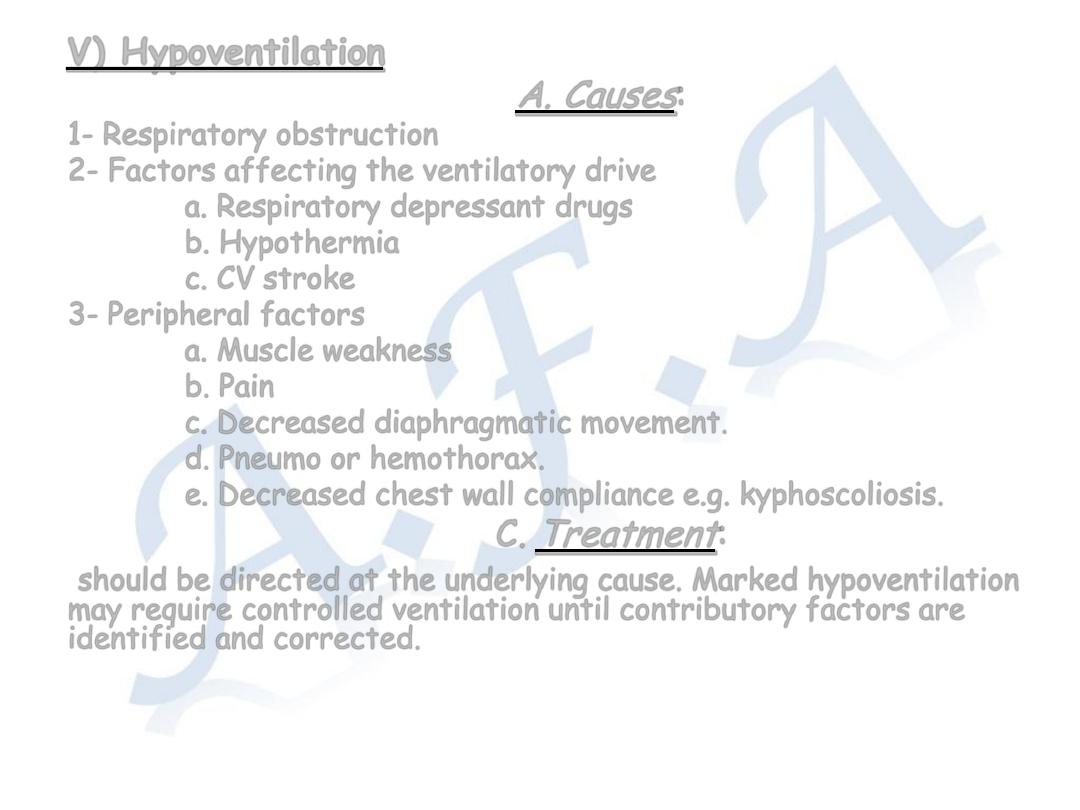
V) Hypoventilation
A. Causes
:
1- Respiratory obstruction
2- Factors affecting the ventilatory drive
a. Respiratory depressant drugs
b. Hypothermia
c. CV stroke
3- Peripheral factors
a. Muscle weakness
b. Pain
c. Decreased diaphragmatic movement.
d. Pneumo or hemothorax.
e. Decreased chest wall compliance e.g. kyphoscoliosis.
C.
Treatment
:
should be directed at the underlying cause. Marked hypoventilation
may require controlled ventilation until contributory factors are
identified and corrected.
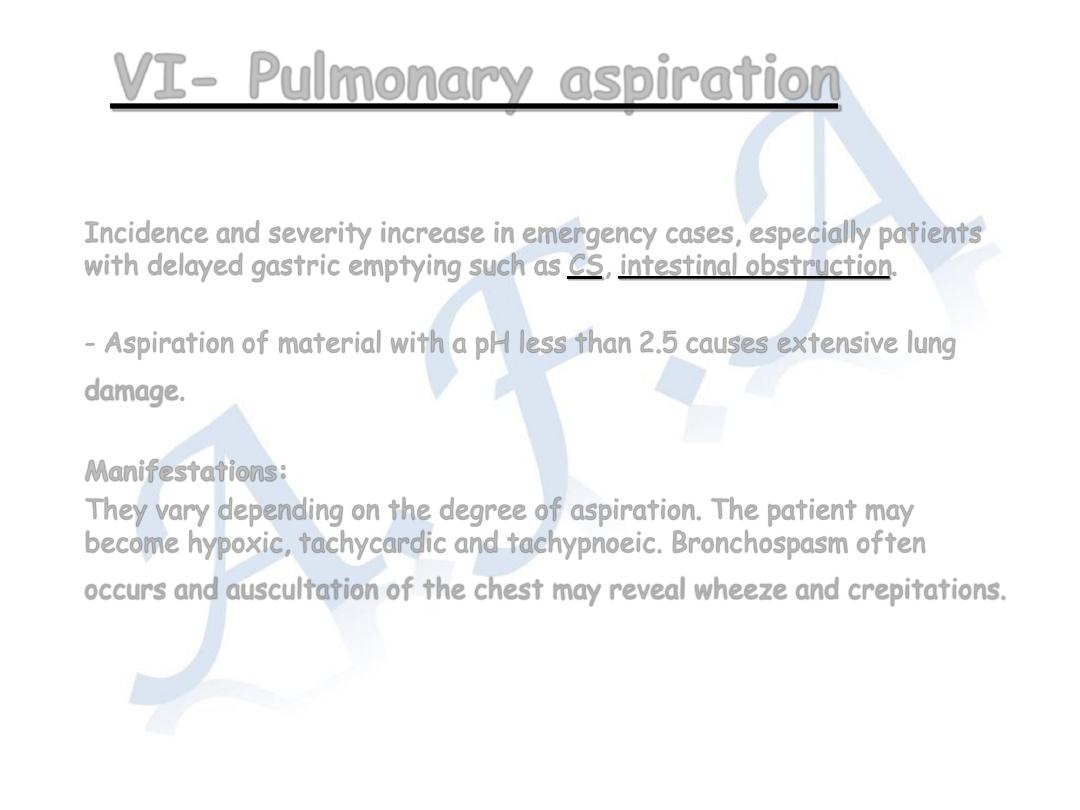
VI- Pulmonary aspiration
Incidence and severity increase in emergency cases, especially patients
with delayed gastric emptying such as CS, intestinal obstruction.
- Aspiration of material with a pH less than 2.5 causes extensive lung
damage.
Manifestations:
They vary depending on the degree of aspiration. The patient may
become hypoxic, tachycardic and tachypnoeic. Bronchospasm often
occurs and auscultation of the chest may reveal wheeze and crepitations.
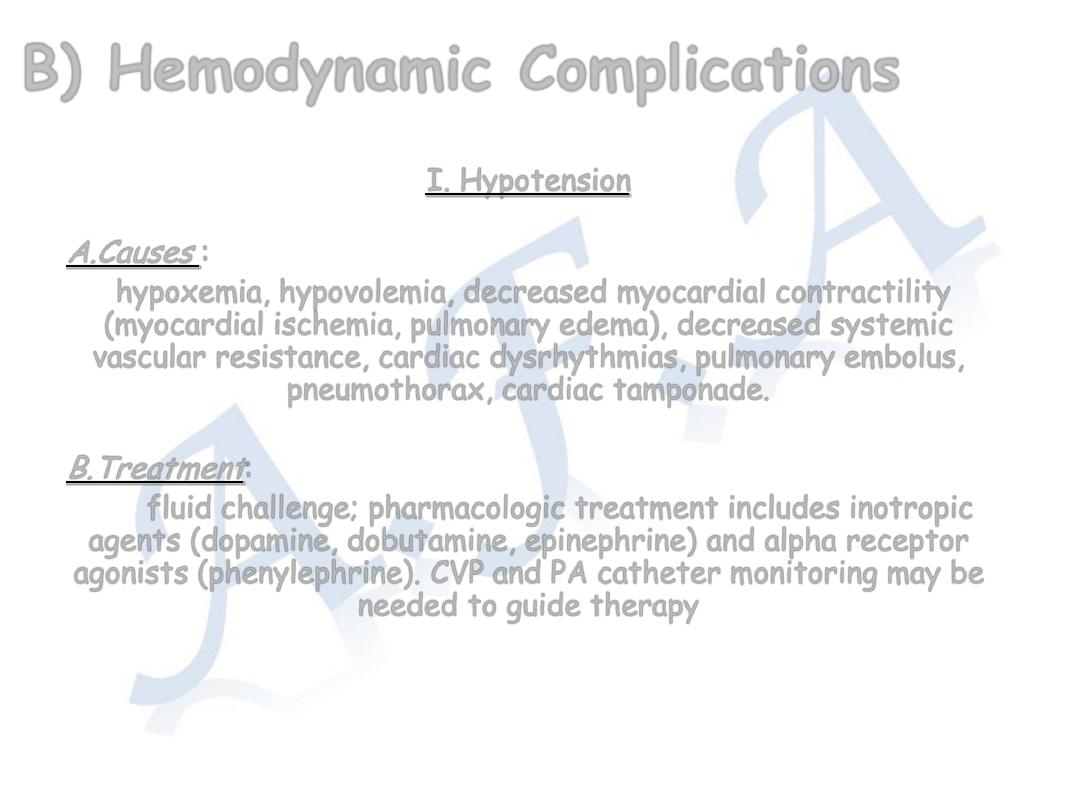
B) Hemodynamic Complications
I. Hypotension
A.Causes
:
hypoxemia, hypovolemia, decreased myocardial contractility
(myocardial ischemia, pulmonary edema), decreased systemic
vascular resistance, cardiac dysrhythmias, pulmonary embolus,
pneumothorax, cardiac tamponade.
B.Treatment
:
fluid challenge; pharmacologic treatment includes inotropic
agents (dopamine, dobutamine, epinephrine) and alpha receptor
agonists (phenylephrine). CVP and PA catheter monitoring may be
needed to guide therapy
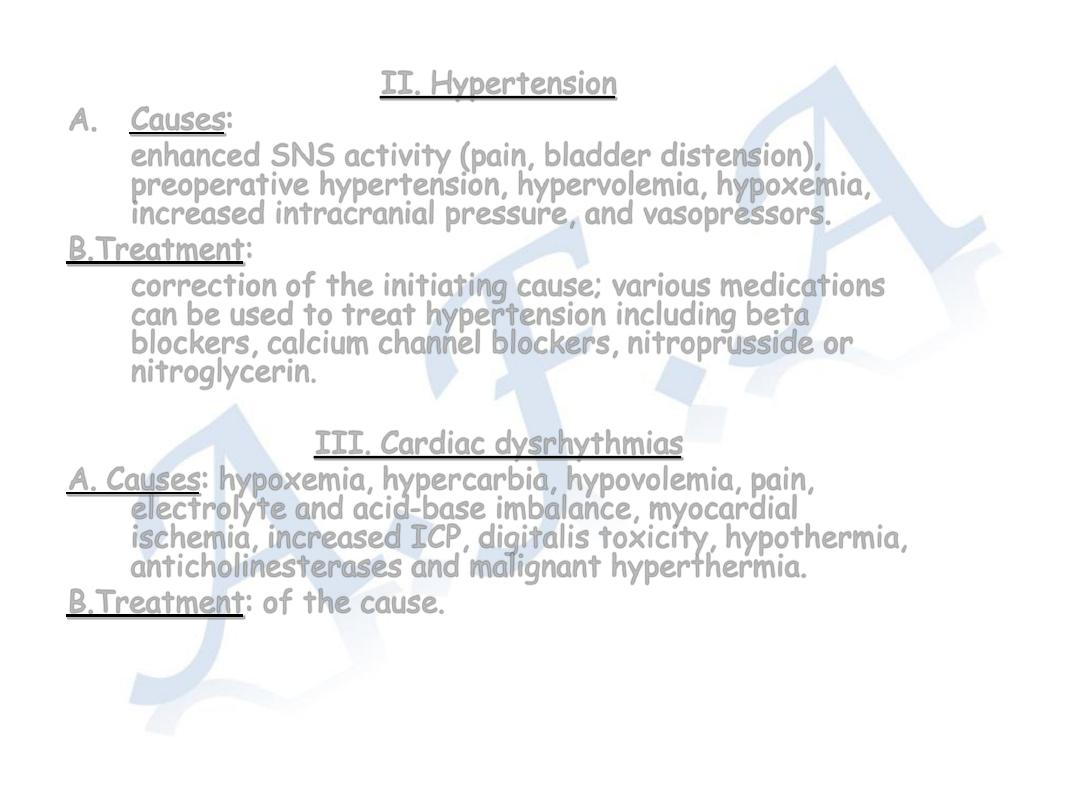
II. Hypertension
A. Causes:
enhanced SNS activity (pain, bladder distension),
preoperative hypertension, hypervolemia, hypoxemia,
increased intracranial pressure, and vasopressors.
B.Treatment:
correction of the initiating cause; various medications
can be used to treat hypertension including beta
blockers, calcium channel blockers, nitroprusside or
nitroglycerin.
III. Cardiac dysrhythmias
A. Causes: hypoxemia, hypercarbia, hypovolemia, pain,
electrolyte and acid-base imbalance, myocardial
ischemia, increased ICP, digitalis toxicity, hypothermia,
anticholinesterases and malignant hyperthermia.
B.Treatment: of the cause.
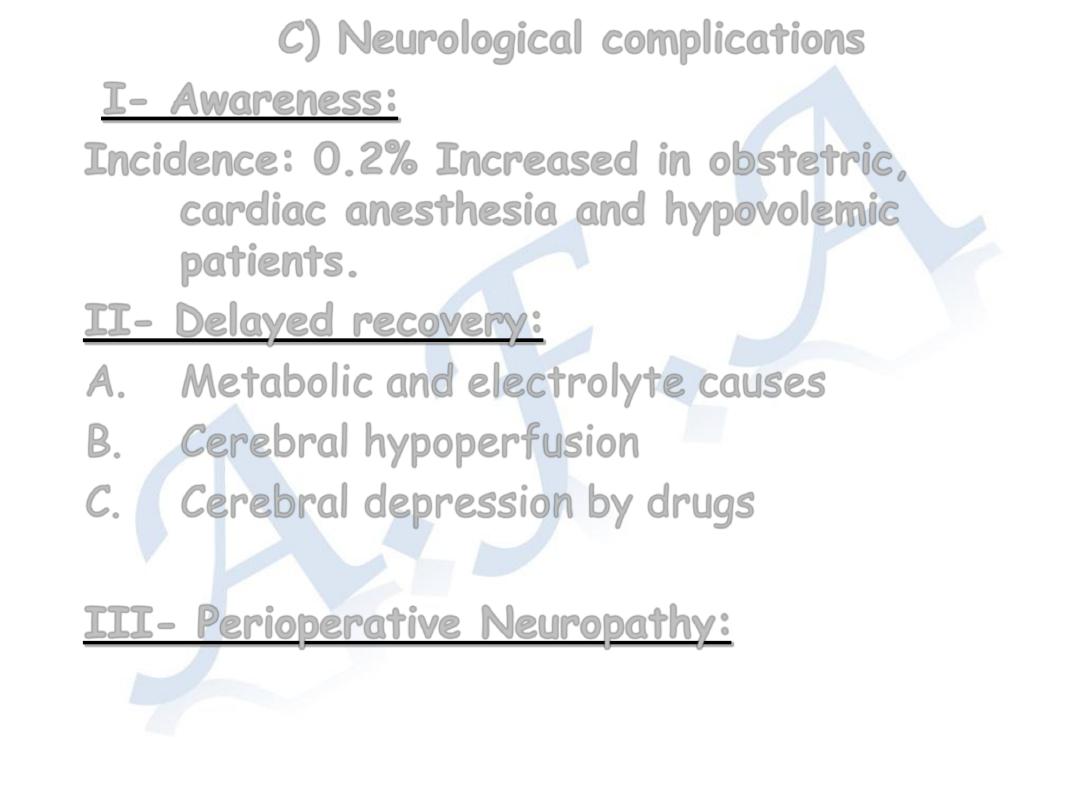
C) Neurological complications
I- Awareness:
Incidence: 0.2% Increased in obstetric,
cardiac anesthesia and hypovolemic
patients.
II- Delayed recovery:
A. Metabolic and electrolyte causes
B.
Cerebral hypoperfusion
C.
Cerebral depression by drugs
III- Perioperative Neuropathy:

D) Complications of positioning
Prevention
Position
Complication
Maintain venous pressure above
0 at the wound.
Sitting, prone, reverse
Trendelenburg
Air embolism
Lumbar support, padding, and
slight hip flexion.
Any
Backache
Maintain perfusion pressure and
avoid external compression.
Especially lithotomy
Compartment syndrome
Taping and/or lubricating eye.
Especially prone
Corneal abrasion
Nerve palsies
Avoid stretching or direct
compression at neck or axilla.
Any
Brachial plexus
Pad lateral aspect of upper
fibula.
Lithotomy, lateral decubitus
Common peroneal
Avoid compression of lateral
humerus.
Any
Radial
Padding at elbow, forearm
supination.
Any
Ulnar
Avoid pressure on globe.
Prone, sitting
Retinal ischemia
Padding over bony prominences.
Any
Skin necrosis
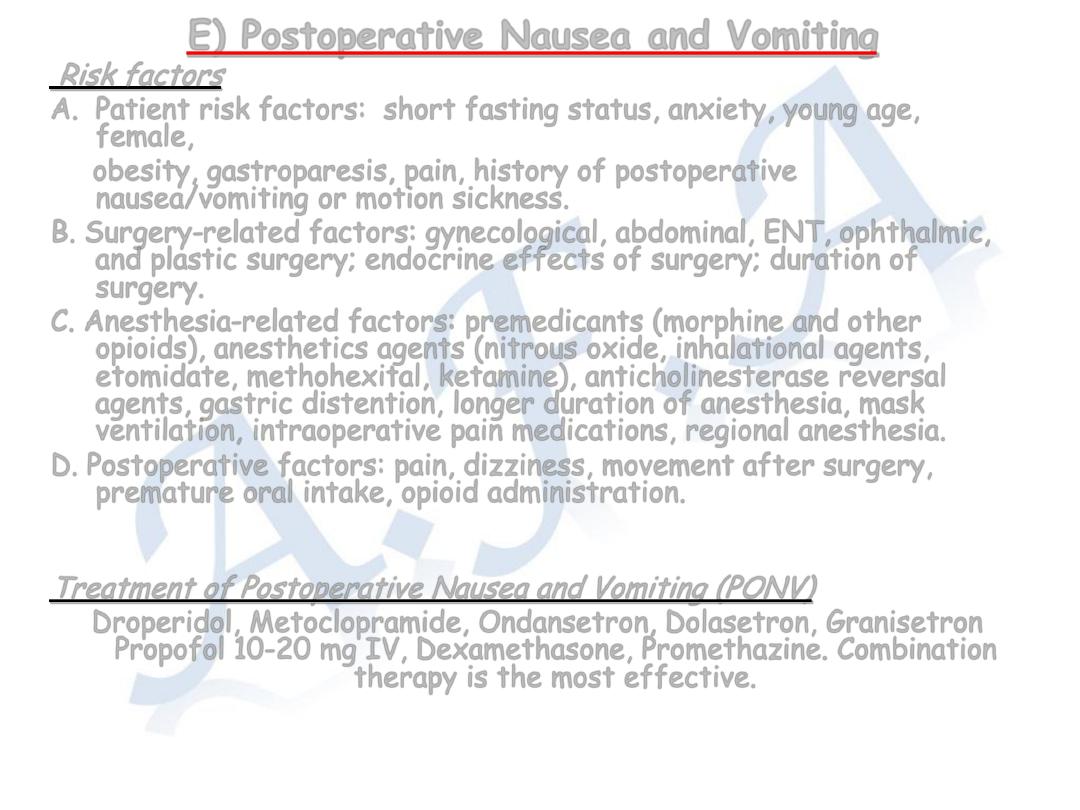
E) Postoperative Nausea and Vomiting
Risk factors
A. Patient risk factors: short fasting status, anxiety, young age,
female,
obesity, gastroparesis, pain, history of postoperative
nausea/vomiting or motion sickness.
B. Surgery-related factors: gynecological, abdominal, ENT, ophthalmic,
and plastic surgery; endocrine effects of surgery; duration of
surgery.
C. Anesthesia-related factors: premedicants (morphine and other
opioids), anesthetics agents (nitrous oxide, inhalational agents,
etomidate, methohexital, ketamine), anticholinesterase reversal
agents, gastric distention, longer duration of anesthesia, mask
ventilation, intraoperative pain medications, regional anesthesia.
D. Postoperative factors: pain, dizziness, movement after surgery,
premature oral intake, opioid administration.
Treatment of Postoperative Nausea and Vomiting (PONV)
Droperidol, Metoclopramide, Ondansetron, Dolasetron, Granisetron
Propofol 10-20 mg IV, Dexamethasone, Promethazine. Combination
therapy is the most effective.
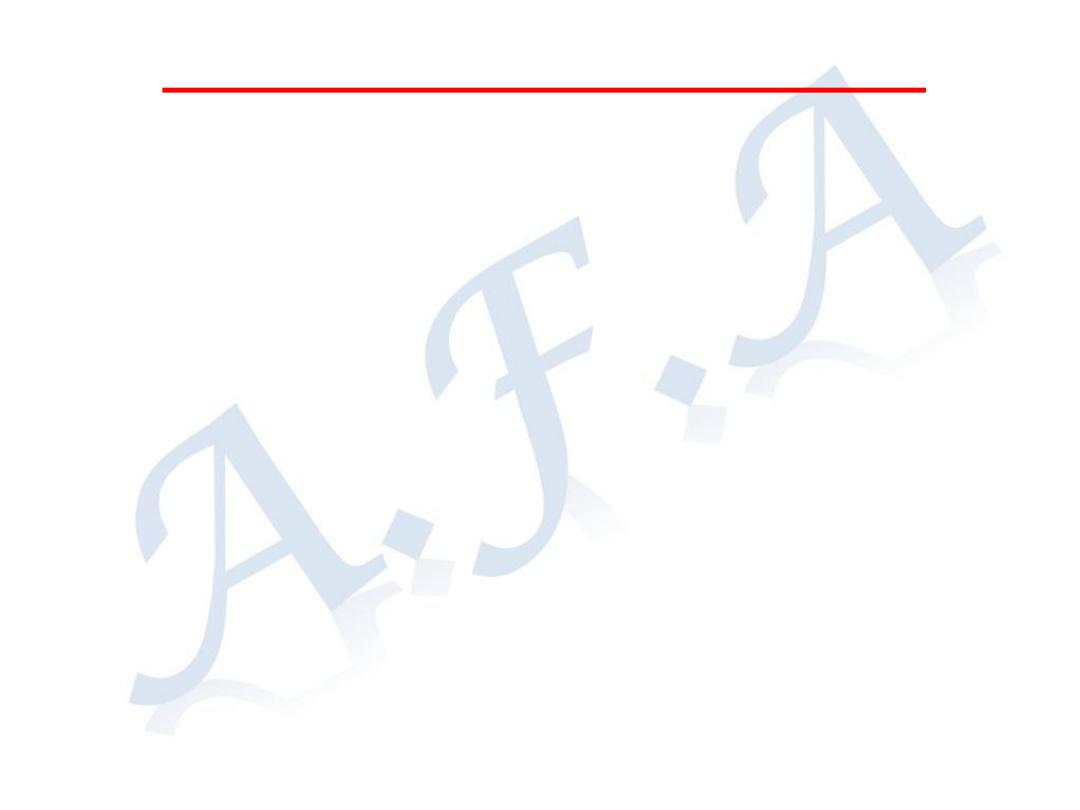
F) Allergic Drug Reactions
•
1. Anaphylaxis
•
2. Anaphylactoid reactions
A. Initial therapy
1. Discontinue drug administration and all anesthetic agents.
2. Administer 100% oxygen.
3. Intravenous fluids (1-5 liters of LR).
4. Epinephrine (10-100 mcg IV bolus for hypotension; 0.1-0.5 mg IV
for cardiovascular collapse).
B. Secondary treatment
Antihistaminic medications IV.
Epinephrine 2-4 mcg/min, norepinephrine 2-4 mcg/min.
Aminophylline 5-6 mg/kg IV over 20 minutes.
1-2 grams methylprednisolone or 0.25-1 gm hydrocortisone.
Sodium bicarbonate 0.5-1 mEq/kg.
Airway evaluation (prior to extubation).
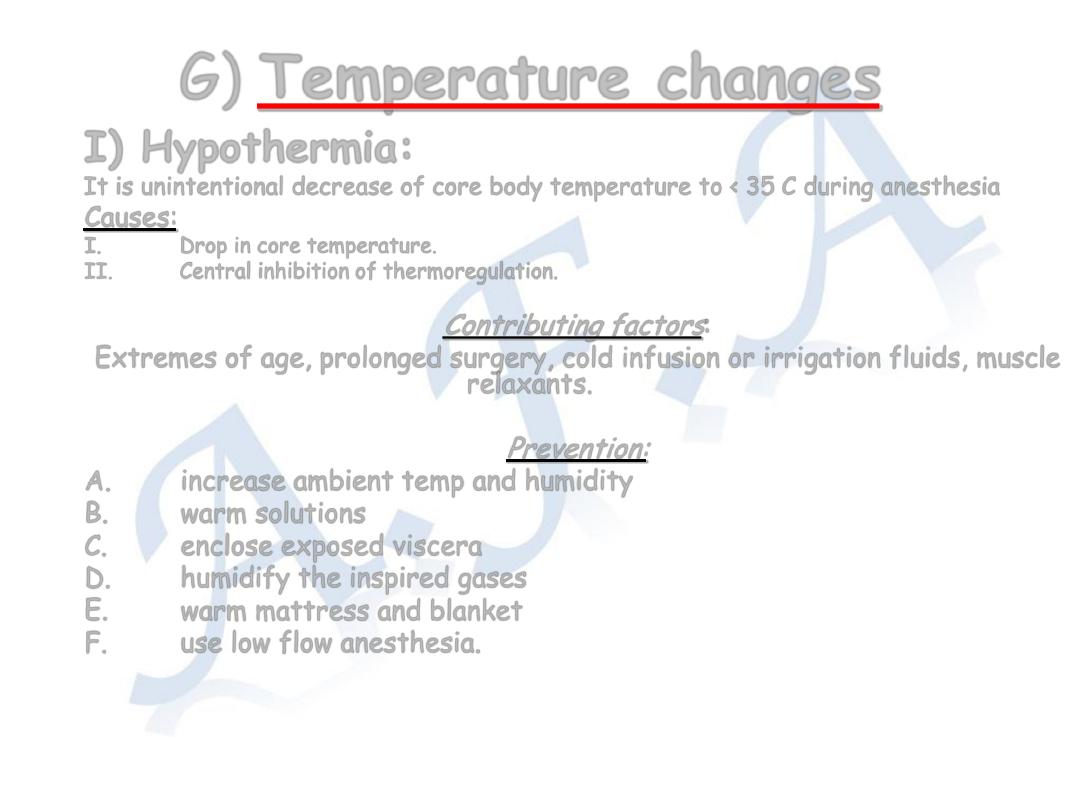
G) Temperature changes
I) Hypothermia:
It is unintentional decrease of core body temperature to < 35 C during anesthesia
Causes:
I.
Drop in core temperature.
II.
Central inhibition of thermoregulation.
Contributing factors
:
Extremes of age, prolonged surgery, cold infusion or irrigation fluids, muscle
relaxants.
Prevention:
A.
increase ambient temp and humidity
B.
warm solutions
C.
enclose exposed viscera
D.
humidify the inspired gases
E.
warm mattress and blanket
F.
use low flow anesthesia.
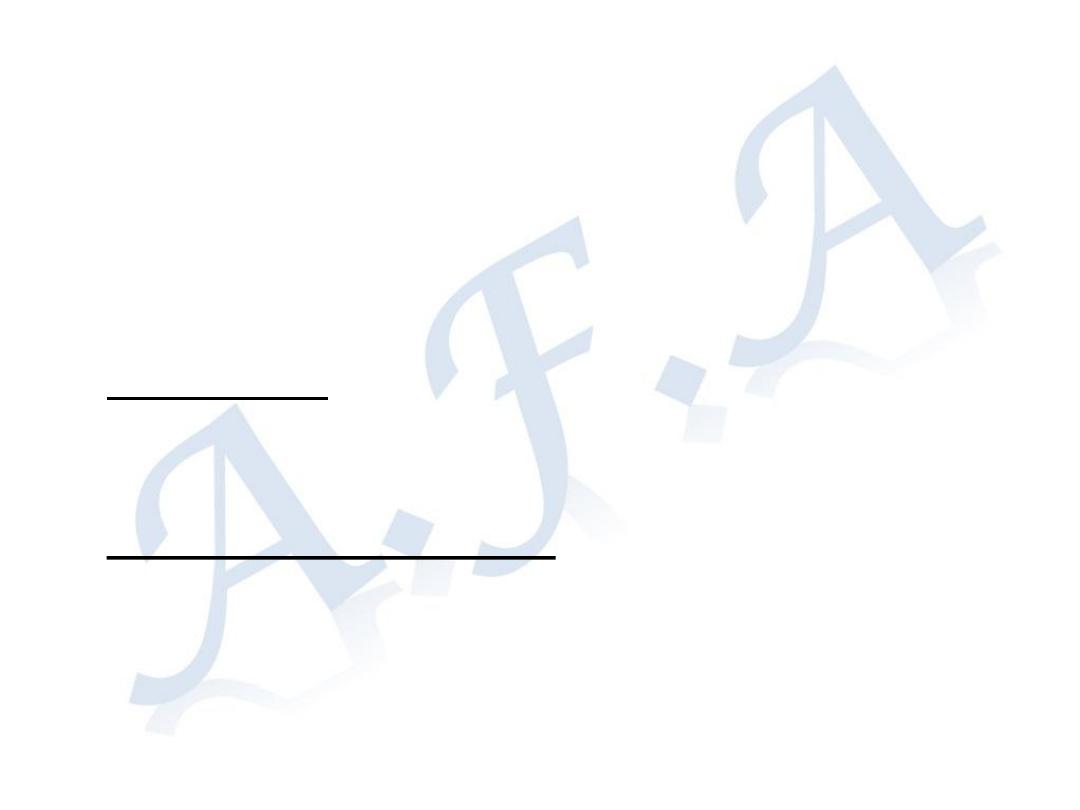
II) Malignant Hyperthermia
• It is a fulminant skeletal muscle hypermetabolic
syndrome occurring in genetically susceptible
patients after exposure to an anesthetic
triggering agent. Triggering anesthetics include
halothane, enflurane, isoflurane, desflurane,
sevoflurane, and succinylcholine.
• Early signs: tachycardia, tachypnea, unstable
blood pressure, arrhythmias, cyanosis, mottling,
sweating, rapid temperature increase, and cola-
colored urine.
• Late (6-24 hours) signs: pyrexia, skeletal muscle
swelling, left heart failure, renal failure, DIC,
hepatic failure.
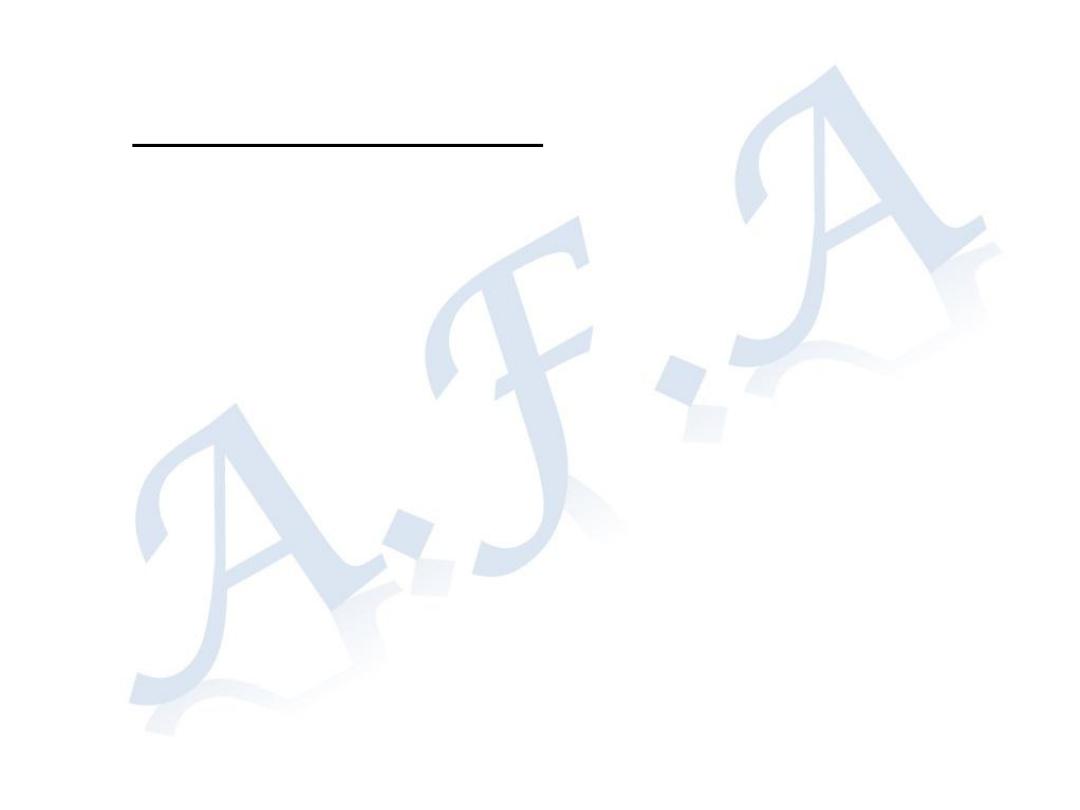
Cont……..
•
Incidence and mortality
• A. Children: approx 1:15,000 general anesthetics.
• B. Adults: approx 1:40,000 general anesthetics
when succinylcholine is used; approx 1:220,000
general anesthetics when agents other than
succinylcholine are used.
• C. Familial autosomal dominant transmission.
• D. Mortality: 10% overall; up to 70% without
dantrolene therapy. Early therapy reduces
mortality for less than 5%.
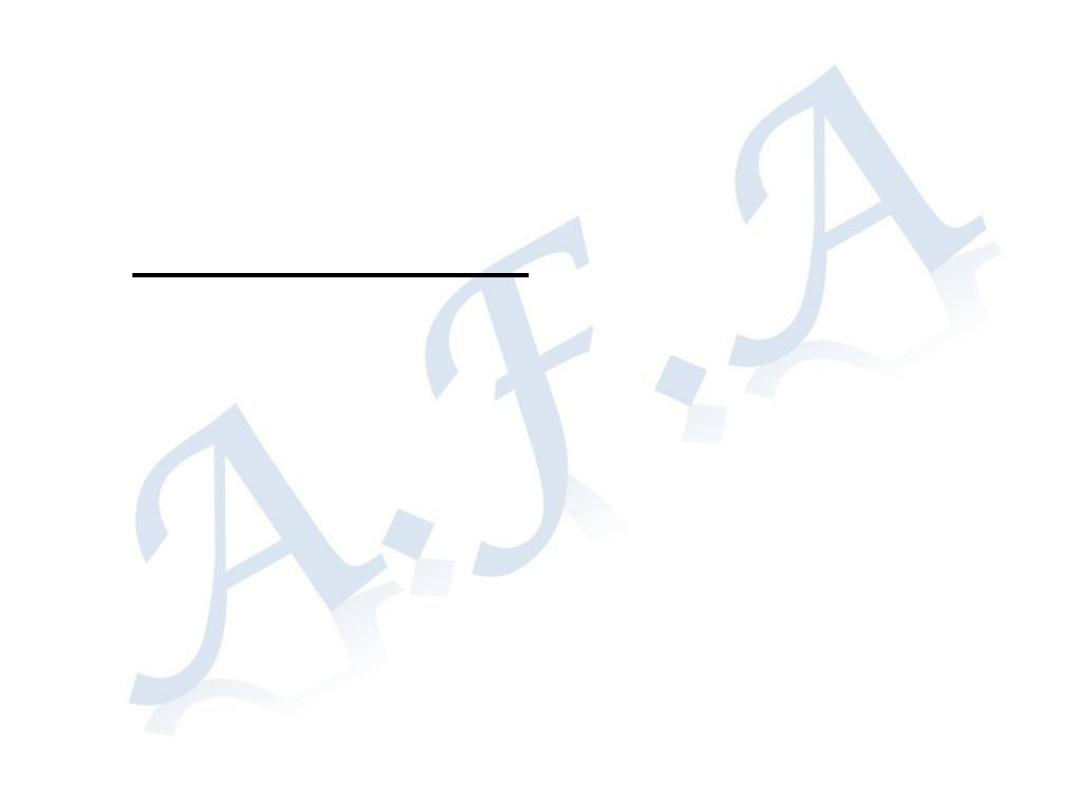
H) MISCELLANEOUS
•
Renal dysfunction
: Oliguria (urine
output less then 0.5 mL/kg/hour)
most likely reflects decreased renal
blood flow due to hypovolemia or
decreased cardiac output.
